Serbian church faces no minaret-style problems
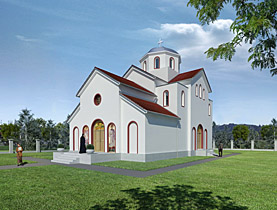
Switzerland's first Serbian Orthodox church has set up in canton Bern practically unnoticed, a few months before a nationwide vote on whether to ban minarets.
After initial scepticism, the church has become part of the village of Belp without drawing the outcry that accompanies the erection of towers on Islamic mosques. Could it act as a signpost for other religious buildings?
“The first services took place in June with about 60 to 70 participants,” the priest, Stanko Markovic, told swissinfo.ch. “But it will not be officially inaugurated for another three or four years when the walls are decorated.”
“We enjoyed the hospitality of the St Peter and Paul Catholic church in Bern for 40 years,” Markovic added. “But over time it became too tight as there was no room to gather after the services. The need grew to have our own church in the Orthodox style.”
Enquiries were initially made into empty churches that could be rented and adapted. “But thank God there are many believers so that there were no churches standing empty. Therefore, we decided to build a new church,” Markovic said.
“Fear of foreigners”
Belp was chosen as a location because of its close public transport and road connections. The Serbian Orthodox community of Bern, founded in 1969, also takes in areas of cantons Fribourg, Neuchatel, and Solothurn.
Markovic explained that the church was deliberately built without a bell tower out of consideration for nearby residents. The church therefore corresponds to the Byzantine building model that does not include bells.
A request to build Switzerland’s first Serbian Orthodox church in Belp was submitted in October 2006. Six objections were raised, one of which was from the right wing Swiss People’s Party.
The objectors expressed concerns about the increased volume of traffic, local building regulations and conformity of the church with the local community.
“There was also quite possibly a fear of foreigners,” said municipality president Rudolf Neuenschwander of the centre-left Social Democrat (SP) party. “People are not used to foreign religions in this country.”
Normal planning procedure
However, Markovic remains more sanguine about the initial opposition to the building on an industrial area close to homes.
“People have a right to object to new buildings in Switzerland,” he said. “At the same time, objections were raised about building two new factories in the locality. That is normal in Switzerland.”
The People’s Party wanted to bring the building project to a public vote, but that was never likely to be realised, according to Neuenschwander.
“The building request went through the normal channels and the law does not require special dispensation because it is a religious building,” he said. “Therefore, it was not justified to take these objections to a public vote.”
The Belp authorities awarded planning permission in March 2007 and the foundation stone was laid in May. The Serbian Orthodox church presented clear information to residents from the outset, according to Markovic, and was supported by the regional Catholic and Reformed churches.
Integration
“Co-operation was very good,” said Neuenschwander. ” Besides information meetings, a joint service was arranged with the Catholic and Reformed churches. The fact that this was so well attended contributed to the situation becoming more relaxed. Fears that people would not be safe on the streets on Sundays were reduced.”
But why could the Serbian Orthodox church be built with such limited national attention while the construction of minarets has met with such vehement resistance in some locations?
“I can understand why people have this fear [of minarets],” said Neuenschwander. ” It is the same topic: fear of foreigners. Many people think that minarets do not fit in with Switzerland. They want to defend themselves against foreigners and new things.”
That fear has diminished in Belp. “We are proud that the first Serbian Orthodox church was built here. Opposition has now died away,” said Neuenschwander.
“The church has integrated well and people are accustomed to it. It is not a big issue in the village anymore.”
Sandra Grizelj in Belp, swissinfo.ch (translated from German by Matthew Allen)
The roots of the Orthodox Church can be traced back to Roman times. In 395 AD an eastern branch of the Christian church was set up in Constantinople (now Istanbul).
Theological and political disputes led to the branches separating in 1054 AD.
The movement is a federation of independent national churches and does not have a central authority like the Catholic Church.
Immigration patterns in the 19th century saw many Orthodox Church followers set up in Switzerland.
The census of 2000 showed there are more than 132,000 Orthodox followers in Switzerland.
Serbian Orthodoxy forms the majority, but there are also Armenian, Greek, Russian and Ethiopian communities.

In compliance with the JTI standards
More: SWI swissinfo.ch certified by the Journalism Trust Initiative
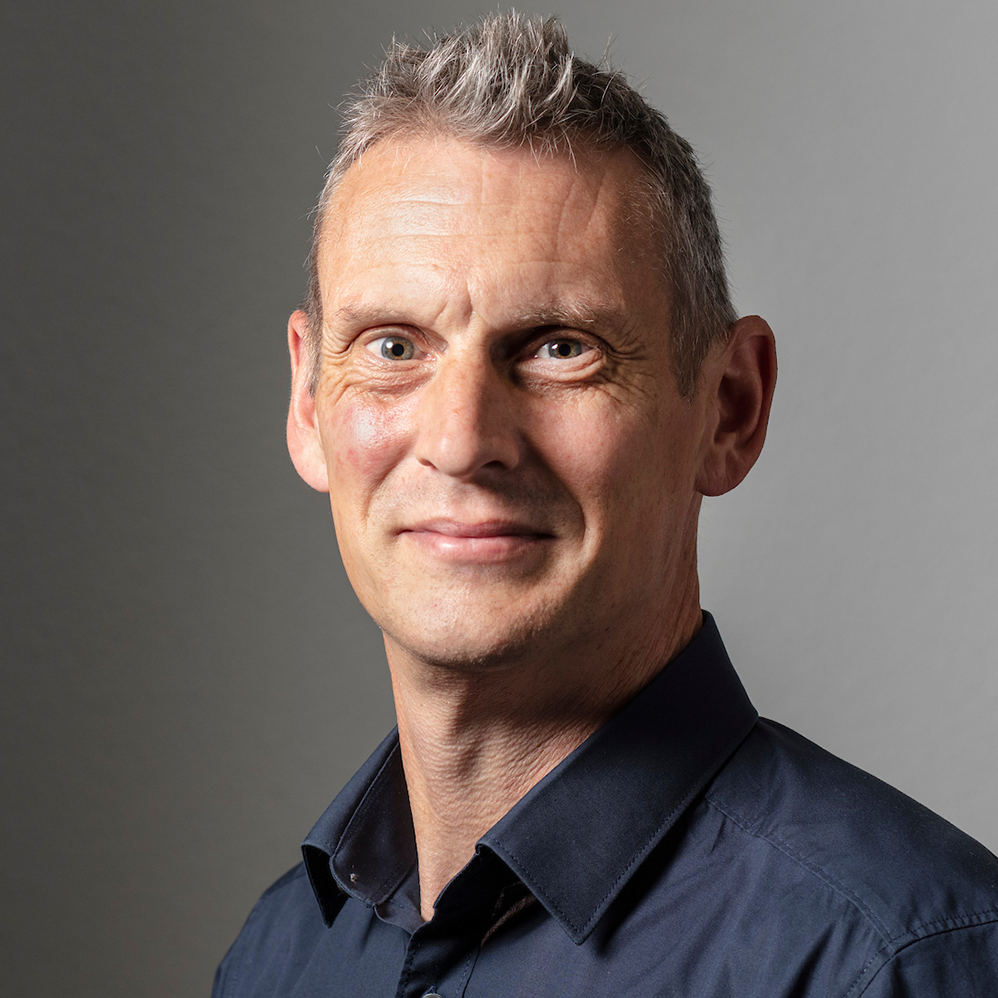
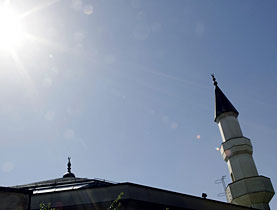
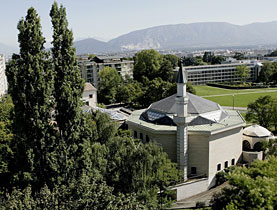
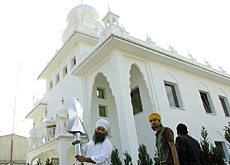
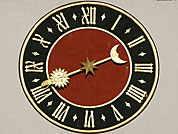
You can find an overview of ongoing debates with our journalists here. Please join us!
If you want to start a conversation about a topic raised in this article or want to report factual errors, email us at english@swissinfo.ch.